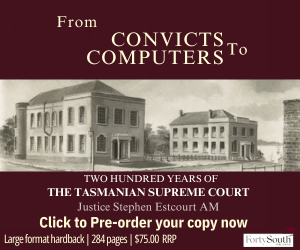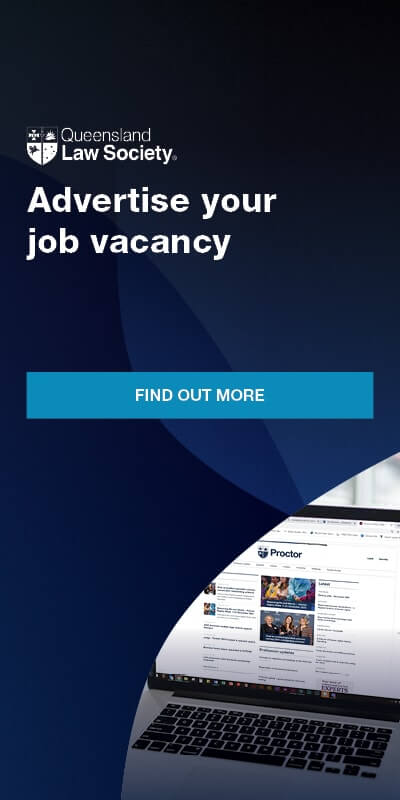Spoken words are an integral part of the intelligence and evidence gathered by legal practitioners and law enforcement officials, yet data suggests that as little as 15% of transcripts are digitised.
This means that a large volume of potential data, intelligence and evidence is never converted into a format that is fundamentally more actionable, searchable and generally useful. Instead, it suggests that recordings are still being stored and played back manually when required.
Searching through a recording to find specific information is both time-consuming and inefficient. Once that recording becomes transcribed, finding information is much faster and easier. If that recording happens to be both transcribed and digitised, then finding and ‘unlocking’ information within it becomes as simple as entering a search word.
This has a major impact on staying compliant in the highly regulated legal industry. The accurate recording of testimonies, interviews and hearings can be performed by trusted recording devices which have transcription technology attached, which makes any gathered information instantly searchable and infinitely more ‘available’. This means that means that information-gathering processes are more thorough and all recorded information is readily accessible to all stakeholders.
For legal professionals out ‘in the field’, gathering statements at the scene of an incident or at an off-site meeting is often critical to accurate information gathering. Recording all spoken conversations and statements instantly, verbatim and on-the-spot, can play a big role in ensuring that evidence is clean, and the manner in which it was gathered remains compliant with regulations in that particular jurisdiction.
Having the ability to not only record, but also have that recording automatically transcribed, provides a legal professional with a reliable, accurate and instantly searchable document to include with case notes, and that way ensure that no information from that meeting or event is overlooked or unavailable.
The process for transcribing and digitising audio recordings was once fairly time-consuming and complex, which has traditionally been a barrier to higher adoption rates for the technology. However, modern advancements now allow for a mobile application to record audio, which is then transcribed digitally using powerful artificial-intelligence (AI) tools.
In a legal practice, the fidelity and lineage of documents is of paramount importance. Digitising an audio transcript with modern technology solutions creates an audit trail for that document, which allows for tracing of its lineage and any human intervention that may have occurred between the time of recording and the present.
Using the document’s metadata, a precise record is created which shows exactly who has opened a document, or made edits – as well as recording when this occurred, how long the individual was active in the document, and so forth. This adds layers of visibility to the document and solid evidence of its history. Again, this leads to better governance and compliance around legal records, as well as document security and trust.
Should the legal entity have a Privileged Access Management (PAM) solution in place, that will further increase governance around who can access and alter a digitised transcription. Similar to physical access control, a PAM system creates virtual barriers between sensitive documents and users, allowing different users to access information depending on the access rights they have been assigned.
Cloud-based storage means that an employee can safely and securely access a file from anywhere, with encrypted access protocols ensuring that only trusted employees can download the file.
Governance around secure storage of data also becomes easier with a digitised file. Rather than paper archives or storage of a standard audio file, a digitised file can have several layers of virtual security placed upon it, which secures at both the user side as well as the storage side, and gives an accurate record of who has had access to the file.
A mobile tool that allows legal practitioners to instantly record and transcribe verbal meetings and situations provides convenience as well as raising governance and compliance.
A mobile tool that allows legal practitioners to instantly record and transcribe verbal meetings and situations provides convenience as well as raising governance and compliance. The capability of opening an application on a smart phone and recording a conversation has been in use for a few years now, and is common practice.
However, the convenience and efficiency of having an accurate transcription waiting when an individual gets home or back to an office cannot be understated. Not only does it provide a visual record of the conversation that took place, the immediacy of the process allows that professional to remain fully focused on the task – either to act upon the information as soon as they sit down at a computer, or add it to a workflow.
This negates the chance of omitting information, losing focus while they wait for a digital transcript to arrive, or taking several hours to sit down, listen to the recording and take notes once they return to an office environment.
Rapid access to a digitised transcript also helps with compliance in cases where evidence or information needs to be called upon in a hurry. Should a court or judge require that information in a hurry, it can be made available quickly and efficiently, helping the legal organisation meet its compliance obligations.
It also becomes easier to search for specific parts of a testimony or recording, and establish exactly what was said, when it was said, and the context behind it.
Over and above the fact that information can be made available in a hurry, the data collected can also be used to build up a more thorough case for an incident, or even activated to analyse things such as behavioural patterns over the course of time.
Compliance relies on transparency, and a trusted solution which adds speed, efficiency and accuracy to the process of accurately recording and reporting on a case makes the entire process of information gathering more transparent and efficient.
Matthew Fowler is VIQ Solutions Managing Director for Asia-Pacific.
This sponsored content article represents the views of the sponsor and does not necessarily reflect the views of Queensland Law Society







Share this article